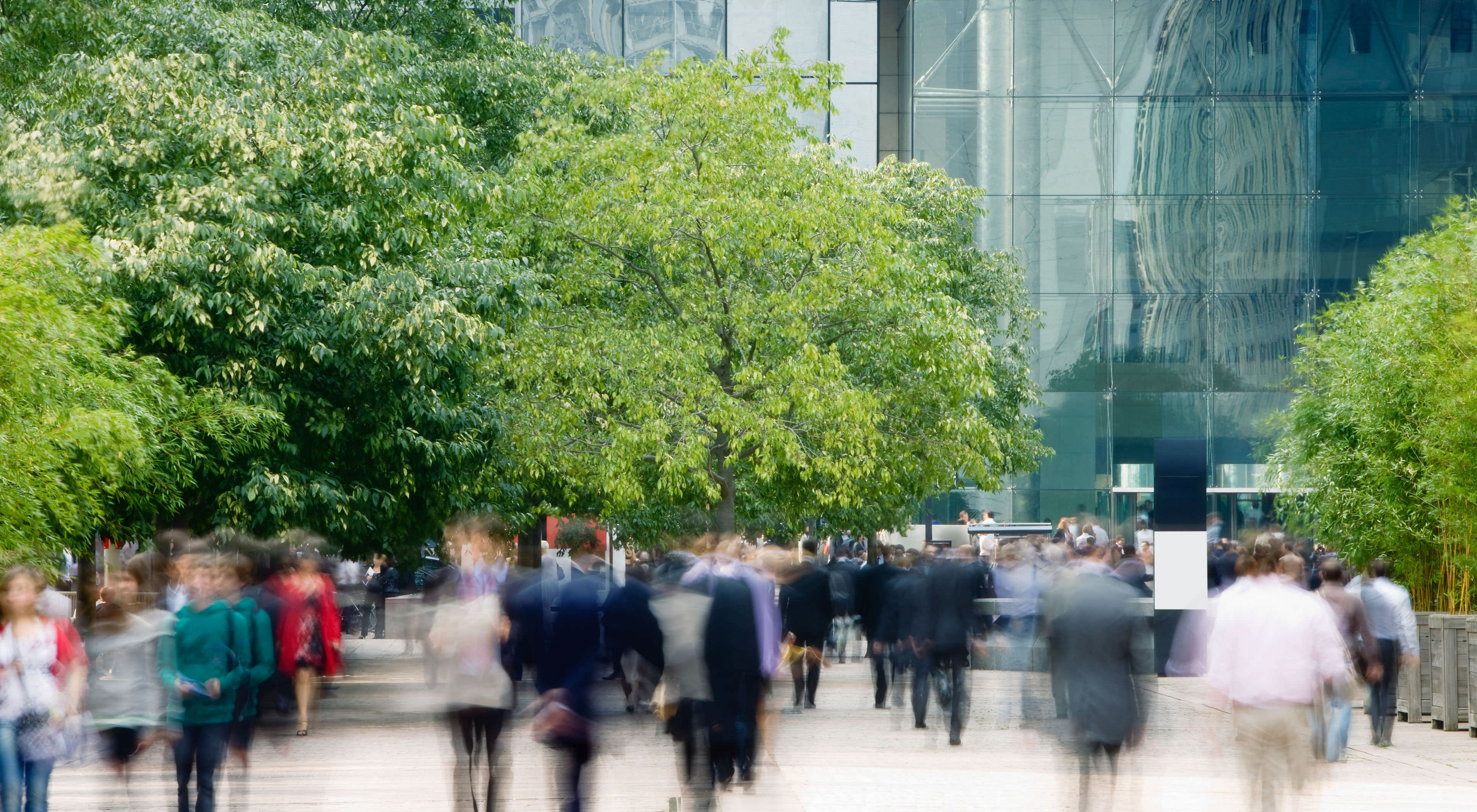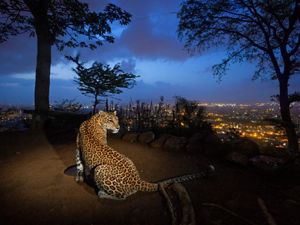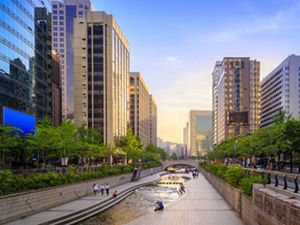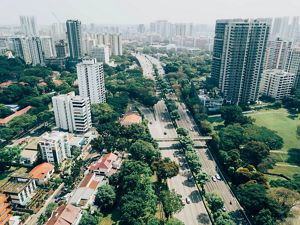I have always lived in cities. I love the energy, the excitement, the possibility.
But several years ago, I began to see urban life though a new lens. I had a corporate job, and my wife and I were living in Milan with our two small children. Every workday, I would drive them downtown from our home on the outskirts of the city. And every day, we would enter a cloud of smog, where pollution exceeded the safe levels set by the European Union. One study found that breathing Milan’s air exposed us to roughly the same amount of benzene as would smoking 15 cigarettes per day.
I looked at my kindergartner in the backseat and I knew that something needed to change—in my life, and in the way we think about our cities.
Across the world, cities have been cut off from nature. Most city dwellers simply accept that highways and high-rises will be the dominant backdrop to their lives. In some cities, people have resigned themselves to wearing masks or drinking bottled water to protect their health. But I refuse to accept that future for my children. We must bring nature back to our cities and, in doing so, make them vibrant, resilient places where people can thrive.
Today, when I tell people that I work for The Nature Conservancy and that my interest is cities, I sometimes get a puzzled look in response. “Cities?” they’ll say. “What does that have to with nature?”
A lot, I tell them.
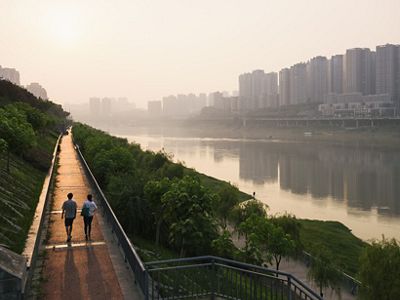
We are witnessing one of the greatest shifts in human history. In 1900, less than 14 percent of all people lived in cities. Today more than half of the world’s population lives in urban settings, and that proportion is projected to increase to more than two-thirds by 2050. For example, the population of Shenzhen, China, was 30,000 people in the 1970s. Now it’s more than 11 million. Hundreds of cities that don’t even exist today will spring into existence in the coming decades, and some of them are going to be megacities like Tokyo or Mexico City, with populations of well over 10 million people.
That’s not necessarily a bad thing. Cities are the engines of the economy, accounting for more than 80 percent of our global GDP—yet they cover only about 3 percent of Earth’s surface. Getting lots of people to live close together makes creative and efficient use of our energy, our water, our sewer systems and our land. Yet many people still see urbanization as a destructive force that displaces and extinguishes nature. That may have been true in the past—and may continue to be true when cities are unplanned—but urban living can lead to more efficient use of resources and smaller carbon footprints. We have learned better ways to design and run our cities so that they are no longer competing with nature but are coexisting with it, or even incorporating it.
While nature needs cities because they represent a resource-efficient way for people to live, cities also acutely need nature. We already know that oyster beds and mangroves shelter coastal cities from storms and that forests in the mountains can protect drinking water. But conservation also can succeed right in the core of an urban area. One of the most inspiring examples I’ve seen of this was in Seoul, where an elevated highway was removed in 2003 and the Cheonggyecheon creek bed below it was restored. The work not only created a much-needed green space for residents but also provided new habitat for birds, fish and insects. It also reduced air-pollution levels and temperatures: The corridor is as much as 5.9 degrees Celsius cooler than paved areas just a few blocks away. Along with the High Line in Manhattan, this project is now among the most studied and copied by urban planners.
Quote: - Pascal Mittermaier
Many people still see urbanization as a destructive force—but urban living can lead to more efficient use of resources and smaller carbon footprints.
Here at the Conservancy, we have launched a program to apply our half century of conservation experience and scientific expertise to city environments. This new work is an expansion of what we already do, rather than a giant leap into the unknown. Consider that we already have some of the best people in the world studying wildlife migrations. They are now helping us understand how cities serve as wildlife corridors. We already have some of the best people in the world measuring water quality. They are now helping us understand the role that nature plays in protecting urban water supplies. And we already have people who excel at crafting partnerships with local communities. Now, more than ever, we need their expertise inside cities.
One of the greatest challenges facing cities and nature today is urban sprawl caused by poor planning. Over the past 30 years, the land area of hundreds of cities has doubled. Many cities are projected to double in size again between now and 2050. The problem is that sprawl makes cities less efficient and destroys valuable natural lands. Around the world, growing cities threaten the populations of 10 to 15 percent of all vertebrate species. In India, one city that I visited is expanding into an elephant migration pathway. In Florida, communities are encroaching on panther habitat.
At the Conservancy, we’re helping cities map out their animal migration pathways and rethink how they design park corridors to better preserve wildlife habitat. For example, as part of the regional conservation alliance Chicago Wilderness, we are helping to conserve urban green spaces and mapping how those habitats can be connected—work that directly benefits the hundreds of bird species that migrate along the shore of Lake Michigan. In Melbourne, we just started developing plans to preserve 120 plant and animal species —including the platypus and rare Australian birds and insects—that are vulnerable to urban expansion.
We’re also helping cities better protect nature by managing their stormwater runoff, which is one of the fastest-growing threats to our waterways. During a rainstorm, water washes over roadways—collecting dirt, oil and debris—and flushes those pollutants into our sewer systems and, ultimately, our rivers and oceans. Some 3,000 U.S. cities have storm sewer systems that do not comply with Clean Water Act requirements. To protect our waterways, cities can build new sewers and water treatment facilities at a cost of billions of dollars—or turn toward natural solutions.
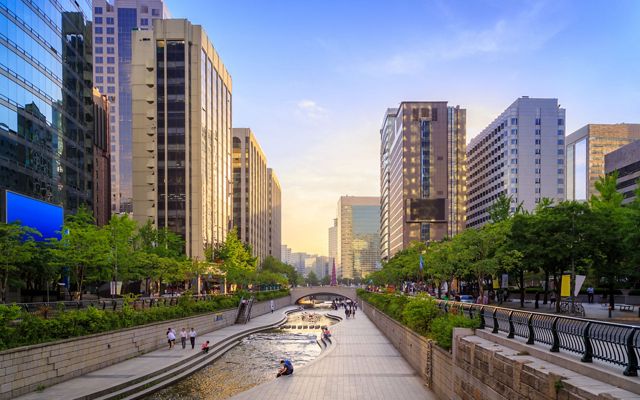
At the Conservancy, we’re helping cities take the natural solutions approach by championing the development of green rooftops, parks and permeable parking lots. For instance, in Bridgeport, Connecticut—which was hammered by Superstorm Sandy—we are helping the city create natural areas along its shoreline to buffer it from storm surges and develop swales—marshy ditches that use native plants to slow down and filter stormwater before it flows into Long Island Sound.
Of all the ways that nature gives back to people in cities, clean air may be the most valuable. In some parts of the world, it can be deadly just to breathe. Smog, soot and other outdoor pollutants—released by a host of human activities, including the burning of wood and fossil fuels, construction, agriculture and mining—cause an estimated 3.7 million premature deaths every year. Yet numerous studies have shown that trees and other types of vegetation are natural air filters, with the ability to reduce particulate-matter concentrations in locations just downwind by 20 to 50 percent.
The Conservancy recently released its first urban air-quality report for 245 cities around the world. It gives urban leaders a blueprint of places where they can green their cities to potentially achieve the greatest reductions in airborne pollution. In Louisville, Kentucky, the Conservancy—together with the University of Louisville, Hyphae Design Laboratory and the Institute for Healthy Air, Water, and Soil—is launching a long-term clinical trial to test whether adding trees and other vegetation to a neighborhood improves residents’ health.
Finally, we are working alongside the people who will make our cities thrive. We’re learning how nature is relevant to the lives of all people, and we’re finding new partners who connect conservation with social justice and public health initiatives. Globally, cities are growing younger, and the Conservancy is looking to the future by working with urban youth, offering summer internships to high school students in dozens of cities and online environmental curricula to 3 million middle school students—and counting. This generation is more likely to live in cities, and they have the power to build communities where people and nature live in balance.
In Philadelphia, I recently had the pleasure of meeting Howard Neukrug, who has led his city in developing an innovative system that uses nature to manage the stormwater that was polluting the Delaware and Schuylkill rivers—the sources of the city’s drinking water. “We build one rain garden,” he said, “add a few street trees, and then … something wonderful happens: The street comes to life. Children play in the new green spaces. Elderly people sit under the trees on hot days. Nature helps a neighborhood rediscover its community.”
The Conservancy is perfectly positioned to help transform the relationship between nature and people so that both can thrive. So, what are we doing in cities? A lot.
Originally Posted on Nature Conservancy Magazine
December 02, 2016
Global Insights
Check out our latest thinking and real-world solutions to some of the most complex challenges facing people and the planet today.
